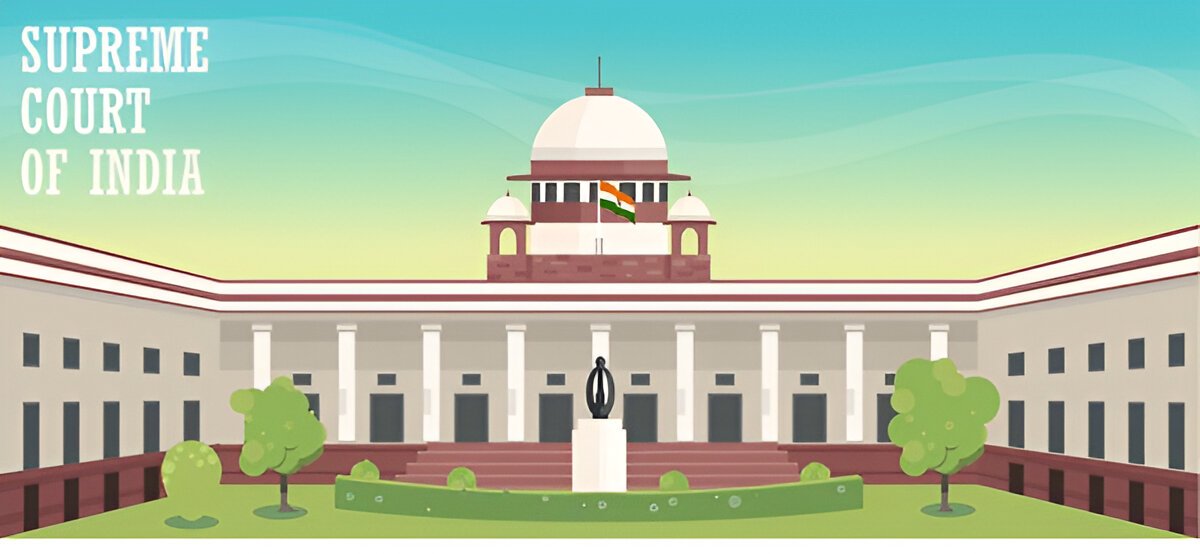The constitutional validity of the Ayodhya Act was questioned in both the High Court and the Supreme Court. In the landmark case M. Ismail Faruqui (Dr.) v. Union of India, reported in (1994) 6 SCC 360, the Supreme Court decided to hear all the connected petitions together, including those from the High Court. The Court also considered a reference made under Article 143(1) of the Constitution. After the Supreme Court’s judgment, the High Court continued with the civil suits based on their merits but with a limited scope. It clarified that the dispute now only concerns the specific site where the structure once stood, along with its inner and outer courtyards. The remaining surrounding land, which had been acquired under Section 3 of the Ayodhya Act, was excluded from the scope of the ongoing suits as it was legally acquired by the government.
Issues before the Court
The first issue is whether courts can decide what is an essential religious practice without closely examining the beliefs and customs of that particular religion. Another point is whether "essential" and "integral" mean the same thing when identifying protected religious practices. The third issue is whether Article 25 protects only those practices specific to a religion, or whether it also includes all practices with religious significance. Lastly, there’s a question of whether Articles 15, 25, and 26—when read with Article 14—allow courts to compare religious practices to judge their importance or significance.
Arguments before the Court
The Petitioners argued that the Acquisition of Certain Area at Ayodhya Act, 1993 violated core constitutional rights such as secularism, equality, and religious freedom. They claimed that acquiring the surrounding land, which was not part of the actual dispute, was unnecessary. They further contended that since a mosque is a religious place, it should not be acquired by the State, and such acquisition violated Articles 25 and 26 of the Constitution, which protect the right to practice and manage religious affairs. They also alleged that the Act unfairly favoured the Hindu community and discriminated against Muslims. Section 4(3) of the Act, which led to the dismissal of all ongoing legal proceedings, was especially problematic as it took away the right of Muslims to defend their claims in court without providing any alternate legal remedy.
On the other hand, the Respondents defended the Act by stating that its main purpose was to maintain peace and communal harmony. They emphasized that the land acquisition was not intended to take away the rights of any religious group, but rather to prevent further conflict and promote secular values by resolving the issue in a balanced and peaceful manner.
Analysis of the Court
The Court upheld the Act but found Section 4(3) unconstitutional. This section had the effect of stopping all ongoing suits and legal proceedings without offering any alternative way to resolve the dispute. The Court held that such a provision was against the rule of law, as it took away the right to judicial remedy altogether.
The Court also clarified the scope of Article 25 of the Constitution, which protects the right to freely practice and profess religion. It stated that while prayer is a religious practice, it doesn't mean that prayer has to be done at a specific place unless that place is essential to the religion. Therefore, a mosque is not considered an essential part of Islamic religious practice, as Namaz can be offered anywhere even in open spaces.
Concluding Remark
In conclusion, the Court struck down only Section 4(3) of the Act and maintained the rest as valid. The judgment highlighted the need to maintain communal harmony and national unity, given the sensitive and historical nature of the Ayodhya dispute.

